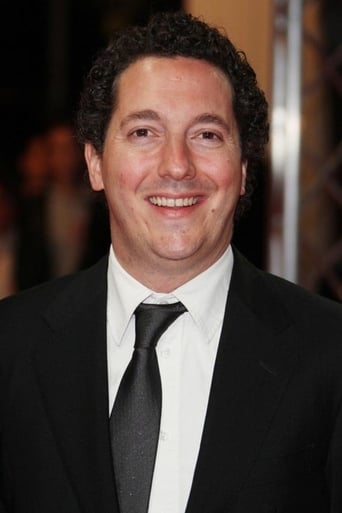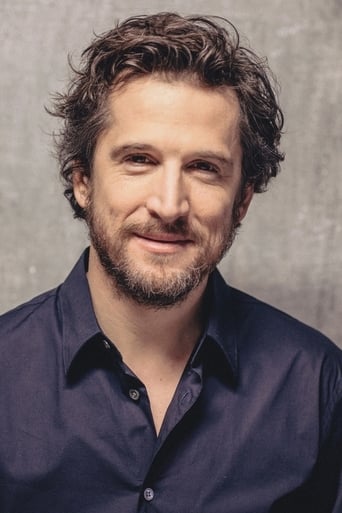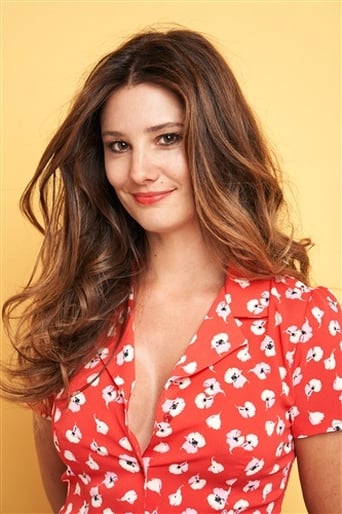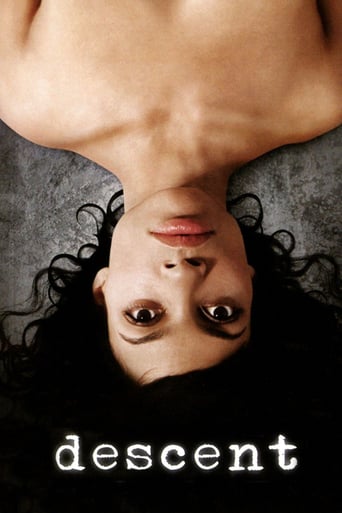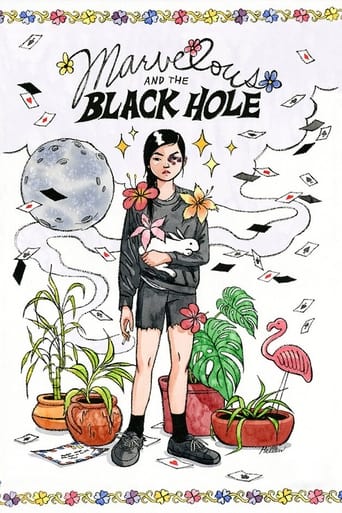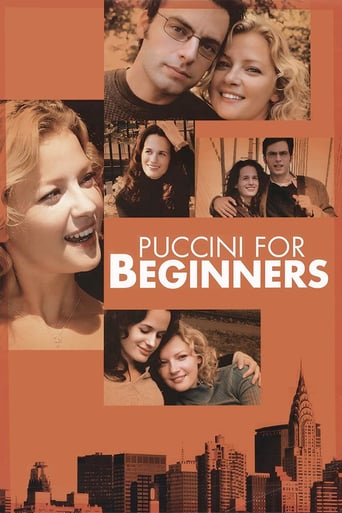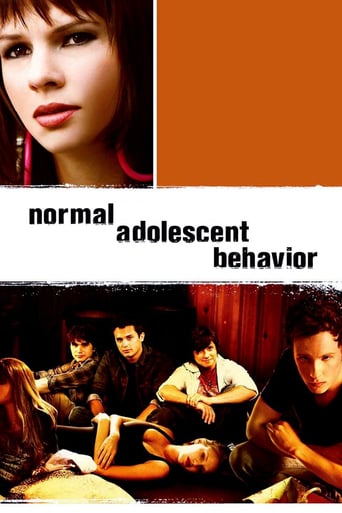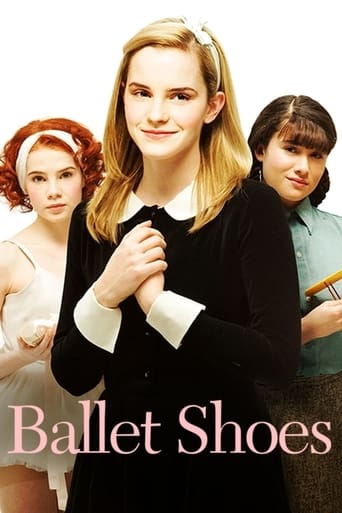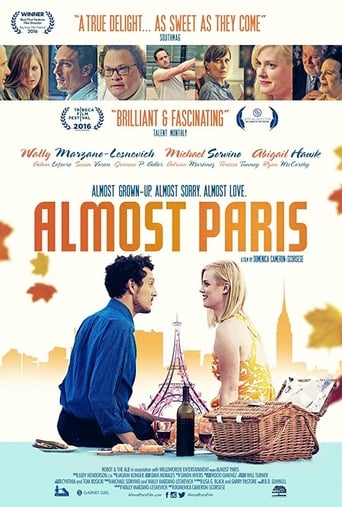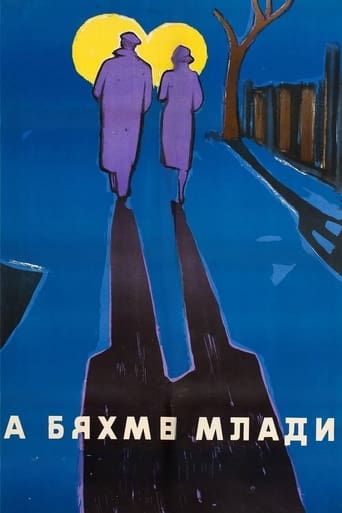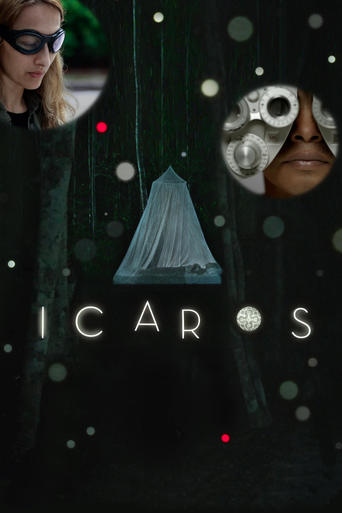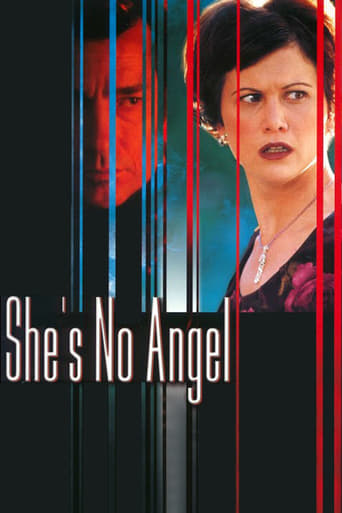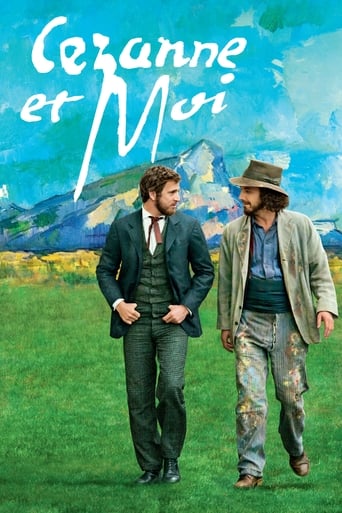
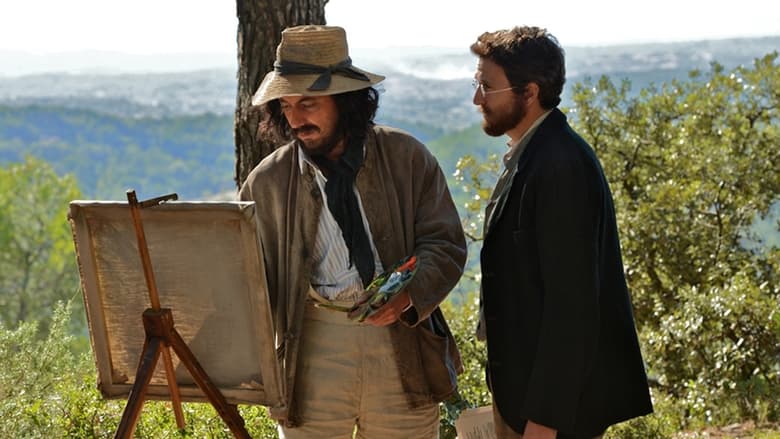
Cezanne and I (2017)
They loved each other with the ardor of thirteen-year-old boys. Rebellion and curiosity, hopes and doubts, girls and dreams of glory – they shared it all. Paul was rich, Emile poor. They went skinny-dipping, drank absinthe, starved, only to overeat. Sketched models by day, caressed them by night... Now, Paul is a painter and Emile a writer. Glory has passed Paul by. But Emile has it all: fame, money, the perfect wife, whom Paul once loved. They judge each other, admire each other, confront each other. They lose touch, meet up again, like a couple who cannot stop loving each other.
Watch Trailer
Cast


Similar titles
Reviews
(Flash Review)Another film about a stubborn and rude artist. I'm looking at you Pollock, Turner, Klimt and etc Every time I watch a film about a famous artist, the tone is always about how neurotic and self- centered they are. If that was their personality, sure portray that but I'd also prefer a little more art focus. I think Cezanne et Moi showed the least amount of art of the films I listed. I understand the director's focus was Cezanne and writer Emile Zola and their friendship and hardships as well as watching them wax and wane about life, women, success and struggles. It was interesting to get a clearer portrayal of Cezanne before his art world changing Mont Sainte Victoire impressionistic painting period, how he struggled and lacked significant notoriety. But it would have been a nice compliment to more clearly understand how or what really led him down that revolutionary path. Overall, it was a professionally done film with some stunning scenery shots now and then.
If you didn't enjoy this movie you are probably neither artist nor author. That said the audience who is will love this film. The dialogue is witty, the acting superb, the dynamics between Zola and Cezanne fascinating.The time frame is interesting. Outdoor (plein air) painting was made possible with the invention of oil colors in tubes, to vie with photography, and cheap books.Only one mild disappointment. The film credits Cezanne's artistic genius yet does not discuss his clumsy draftsmanship of the human form. Perhaps in another film.
There are two films here. One is the lyrical short buried behind the end credits. An establishing shot of Mt St Victoire metamorphoses into the series of Cezanne's increasingly abstracted oil paintings of that mountain. As it recalls Picasso's (and later Lichtenstein's) series of increasingly abstract representations of a bull, it helps to explain Picasso's quote: "Cezanne was the father of us all." This montage of Cezanne's shows — but doesn't enunciate — his revolutionary genius as an original artist. Unfortunately, the titles distract us from the images and most viewers walk out during the sequence anyway. What could have been the core is a throwaway.Then there's the film narrative itself, which entirely omits any explanation of Cezanne's specific importance. We see some of his major works and his exclusion from the establishment but we get no clear sense of what exactly made his art important. Even the film's title veers us away from him to the perspective of his lifelong friend Emile Zola. Such a glaring omission or bias can only be intentional. That is, this film putatively about Cezanne and Zola is not really about their respective arts and achievements at all. Cezanne's artistic breakthrough and Zola's naturalist novels and his unfashionable defence of Alfred Dreyfuss are just alluded to, not explored. They're just part of the setting, like the top hats and cravats — and all the beautiful young nude women.Writer/director Daniele Thompson has rather other fish to fry. To wit, the human failure of the conventionally successful male. She uses these two towering male authorities as a case study in the pathetic neediness and shallowness of the male ego. It's a feminist's anatomy of a classic bromance, with Cezanne as Butch, say, and Zola as The Sundance Kid. There's even a gal-pal to absolve them of any hint of homophilia. The working class Alexandrine passes from Cezanne's mistress/model to Zola's wife. Thompson assumes we know of the importance of the men so she opts not to explore or explain their work. Instead she exercises the familiar conventions/clichés of the artist's dilemma. The Romantic Artist (Cezanne) flouts all artistic and social convention and seems doomed to the purity of poverty and obscurity. In the other corner, the compromised artist bends his passion to the winds of the day, to succeed in the marketplace (Zola). Their disdain is mutual.In an invented anecdote, our heroes first meet in a schoolyard when young Cezanne rushes in to save Zola from bullies. It's love at first fight. That's how their passion will continue. With another lad who shortly disappears, the boys grow into men, at home in the Paris streets and cafes, chafing with ambition and struggling to survive. The friendship survives through — not despite — the two men's passionate arguments and lengthy periods of separation. Zola hates but envies Cezanne's libertinism, eventually surrendering himself to his new young laundress who gives him the children his long-suffering Alexandrine couldn't. Cezanne believes that Zola exploited Cezanne's life and character to crack the bourgeoisie and find fame and fortune. To Cezanne, Zola exploited him the way he himself exploits his models. This is a story of two successful creators who failed at life and humanity. Both are so insecure that their successes can't attenuate their self-loathing (Cezanne) or smugness (Zola). In their last scene together Zola doesn't know Cezanne hears him publicly dismiss the painter as a "genius, but stillborn." Cezanne weeps for days at Zola's death because their feeling for each other never found an acceptable form. Though both men constantly discuss their girlfriends past and present — equally marginal — neither has any true feeling for their supposedly beloved. They neglect them in favour of fresher, shallower mistresses. The painter is enchanted with the colours and shapes of his wife's body while painting her, but shows no interest in the real woman before him. Zola puts a form of this complaint by Alexandrine into the novel that leaves his friend feeling ultimately betrayed. The one woman artist Berthe Morisot appears briefly to flash her bosom and laugh off Cezanne's insulting proposal of a snuggle. As Thompson knows, art has always been the male's preserve, where boys will remain boys however old and successful they may become. They remain fascinated with the malleable outer form of women and too terrified to approach their individuating depths. So they save their passion for each other — carefully camouflaged and suppressed for respectability. Zola's "Cezanne and me" is really about the aloof, needy little Zola himself, hiding his airy superiority behind his literary naturalism.
You wouldn't miss much if you watched this movie with the sound off. Some of the cinematography, especially of outdoor scenes in Provence, is just astoundingly beautiful. Some is very reminiscent of Le Château de ma mère and the scenes in la garrigue.The acting is all fine. Guillaume Canet is a fine performer and does a good job, but he is not the seriously obese and not handsome man that the real Zola was.The big problem here is the script. It starts with an imaginary meeting between Zola and Cézanne in 1888, two years after Zola permanently alienated the painter with his novel L'Oeuvre (The Great Work of Art). It then moves back and forth between the present and various scenes in the two men's past friendship. There is nothing wrong with that as a format, but the dialogue is way too stereotypical. If these men had been so pleasant, their friendship would not have come to an end. There is no real attempt to explore why Zola turned on the Impressionists, yet that is really the center of the story.So, my recommendation would be to watch this with the sound off.


